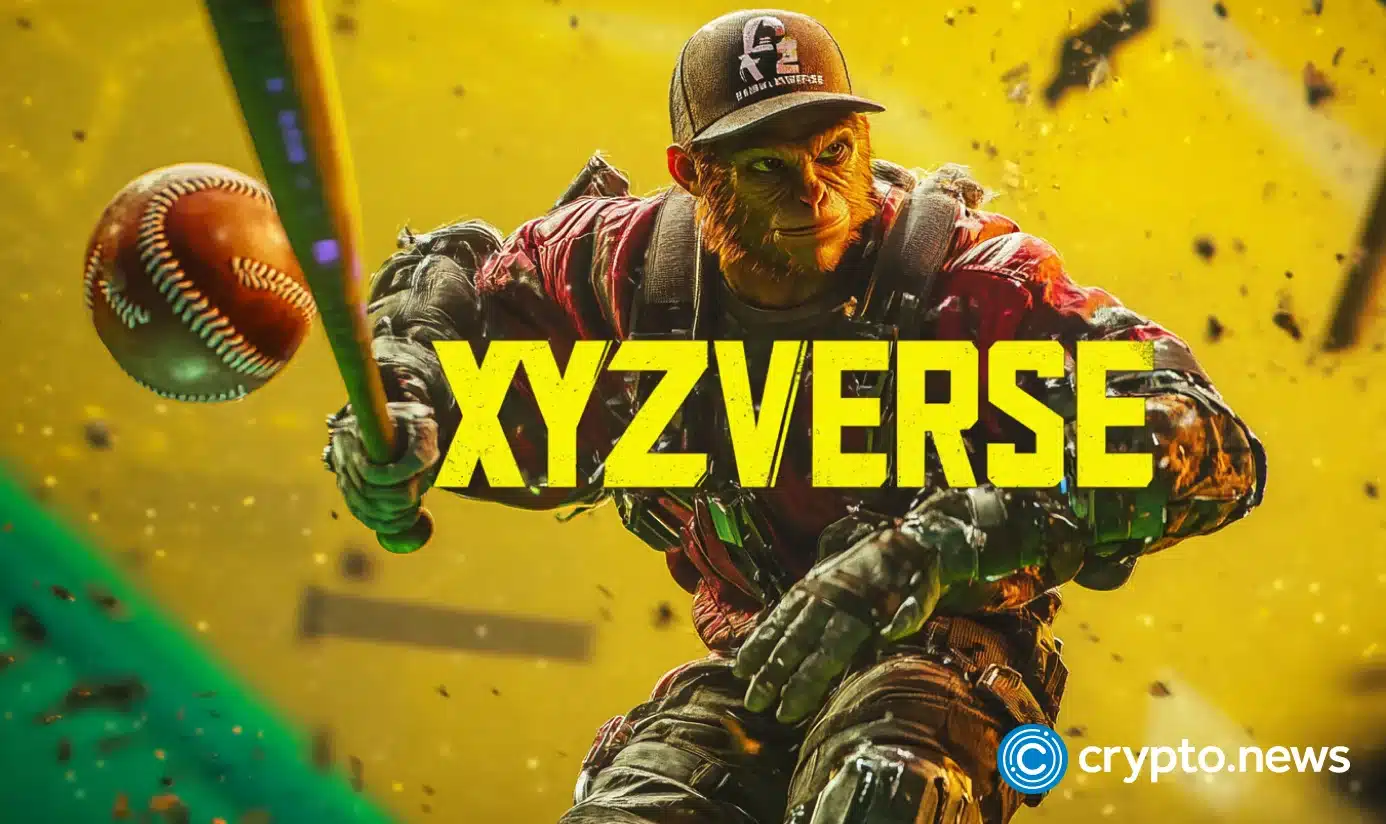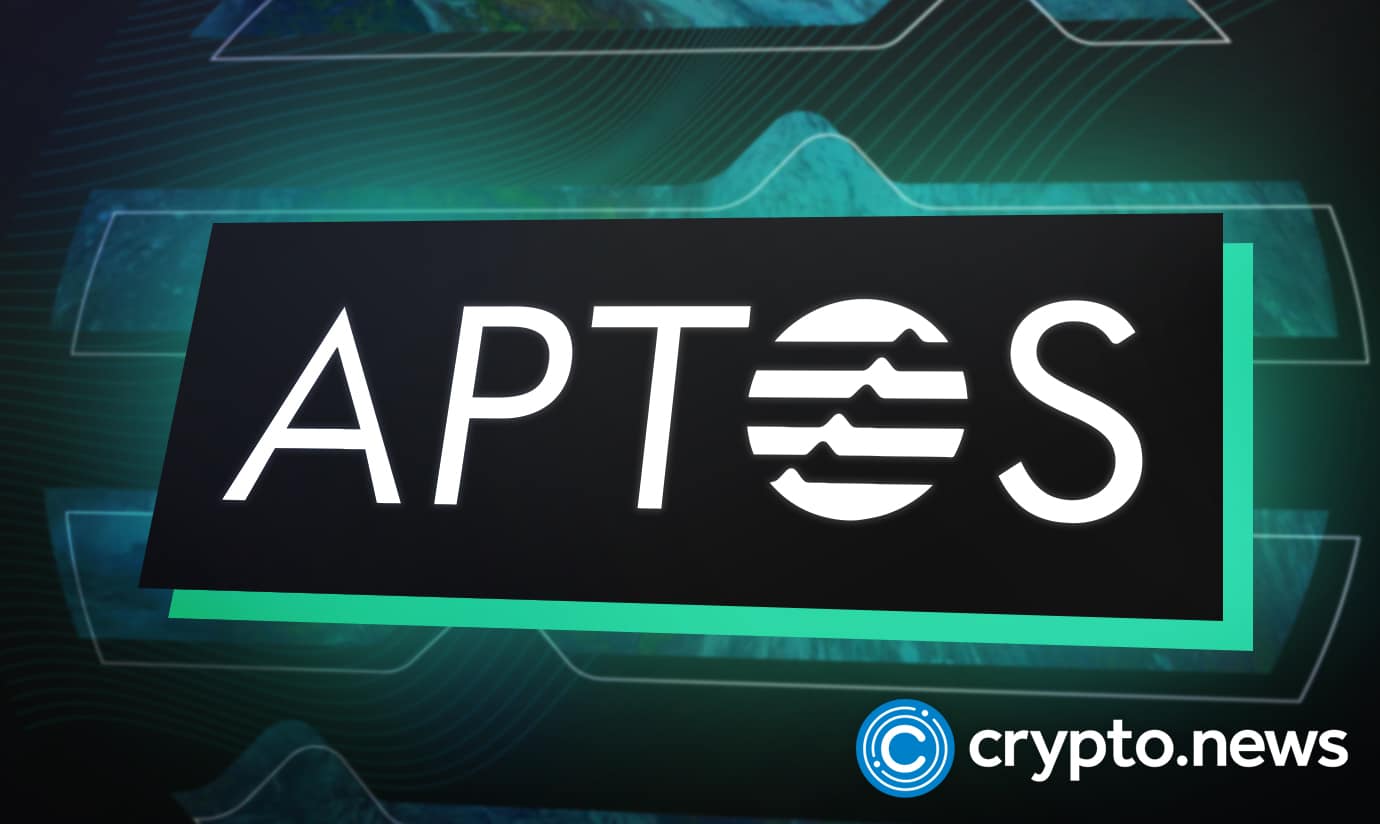America’s ‘Crypto Week’ is underway as the sector prepares to celebrate the first digital asset legislation to head to President Trump’s desk for signing into law.
- Crypto week gets underway
- Dems posture, complain, ultimately cave
- WLF $100 million mystery buyer revealed?
- Binance v Bloomberg v Coinbase
- $TRUMP got top treatment from exchanges
- Banks get custody rules guidance
Monday saw the House of Representatives kick off its so-called ‘Crypto Week,’ which will bring floor votes on three critical pieces of digital asset legislation governing stablecoins (the Senate-approved GENIUS Act), market structure (CLARITY Act), and a ban on central bank digital currencies (Anti-CBDC Surveillance State Act).
While the House’s tentative schedule suggests voting could start Tuesday, word is that Wednesday is the real launch date. CLARITY will reportedly be the first bill to get a vote before GENIUS steps up on Thursday, while the less impactful CBDC bill will tag along for the ride at some unspecified point.
All three bills were discussed Monday by the House Rules Committee, which sets the parameters for the debate, possible amendments, and votes to follow. Once passed by the full House, CLARITY/CBDC will move to the Senate, which is promising (again) to unveil its own market structure bill this week, while GENIUS will head straight to the President’s desk for signing into law.
On Monday, Reps French Hill (R-AR) and Glenn Thompson (R-PA) released an op-ed via The Hill hailing this week’s heretofore unimaginable legislative progress. There wasn’t much substance to the article, more of an anticipatory victory lap that confidently declared “the days of regulatory uncertainty are coming to an end.”
There’s still a little uncertainty left, however, as some last-minute updates to CLARITY make clear. While Trump has convinced House leadership to pass a ‘clean’ version of GENIUS (aka no revisions) in order to hasten its arrival on his desk, the House appears to want to use CLARITY to tweak GENIUS after the latter’s passage.
For instance, the revised version of CLARITY authorizes “commodity-backed payment stablecoins,” aka a payment-focused token that’s “denominated in a highly liquid, publicly traded physical commodity, such as gold.” There are also tweaks to the text describing the monthly certification process for reports submitted by authorized stablecoin issuers.
It bears noting that, while the House agreed to toss its own stablecoin legislation (the STABLE Act) and speed GENIUS through to Trump, the Senate has offered no assurances that it will return the favor regarding CLARITY. So, as far as market structure is concerned, there’s still plenty of sausage-making ahead.
The eternal agony of being a Democrat
While House Republicans were celebrating their progress, House Dems were launching their own full-court PR effort. On July 11, Reps Maxine Waters (D-CA) and Stephen Lynch (D-MA) announced their own name for this week’s proceedings: “Anti-Crypto Corruption Week.”
In reality, Dems have no means of derailing the GOP’s crypto agenda. And even though they did, Dem leadership doesn’t appear all that interested in doing so.
On Monday, Politico reported that the office of Katherine Clark, the House Dem in charge of ‘whipping’ votes, had issued a notice to the caucus saying the stablecoin and market structure bills are fundamentally flawed. However, Dems weren’t explicitly told to vote against them.
The notice says CLARITY “has a number of oversights and omissions that, when coupled with the actions of the Executive Branch, raise significant and long-term issues that may undermine the possibilities of new technologies.”
As for GENIUS, “there are no community reinvestment requirements, no third-party vendor federal oversight, and weak federal oversight of stablecoin issuers licensed by states or overseas … In addition, this bill still narrowly permits private commercial companies (e.g., Elon Musk’s X) to issue stablecoins, jeopardizing a decades-old separation of banking and commerce created to prevent consolidations of economic and political power.”
The juxtaposition of all these perceived flaws with the lack of will to organize mass opposition against them appears to confirm the fear of blowback from well-funded crypto lobby groups (so vividly expressed in those leaked group chat messages). In other words, the Dems’ opposition is largely for show.
A trio of House Dems, including two members of the Financial Services Committee, issued their own letter to colleagues on Monday urging them to vote in favor of CLARITY, arguing that “[a]lthough this bill is not without its shortcomings and may still be improved, inaction is not a viable option.”
Not going quietly is Waters, who on Monday issued an “I told you so” op-ed warning that Republicans’ refusal to impose sufficient regulatory guardrails while opening up crypto access to U.S. banking means that “America will eventually face its first crypto financial crisis.”
Waters also bemoaned Republicans’ refusal to include amendments that “curtail the president’s abuse of power,” thereby making it “easier for Trump’s personal financial interests to dictate U.S. policy.”
Some proposed/failed amendments to CLARITY attempted to address Trump’s crypto ventures, including a Lynch-sponsored change requiring the Inspectors General of the Treasury Department and the Securities and Exchange Commission (SEC) to conduct annual reports “on any presidential crypto holdings.” Other amendments would have explicitly prohibited presidents, vice-presidents, members of Congress, and their family members from dabbling in crypto ventures.
As stated above, none of these amendments survived the vetting process because (a) the Dems have no leverage, and (b) Trump has all the leverage in the world over the GOP. The Rules Committee ultimately voted 8-4 along party lines to allow the trio of crypto bills to proceed to the House floor this week for brief (an hour per bill) debate before voting.
WLF mystery buyer revealed?
Speaking of Trump, writer Jacob Silverman believes he’s identified the phantom figure behind the Aqua1 Foundation, the purportedly UAE-based ‘Web3-native fund’ that last month agreed to buy $100 million worth of WLFI, the governance token of the Trump-linked decentralized finance (DeFi) project World Liberty Financial (WLF).
Last week, Silverman published an article in The Nation detailing the UAE government’s lack of information on Aqua1. Silverman’s findings were echoed in other reports by outlets like Reuters, which quoted officials in the Abu Dhabi financial center saying Aqua1 was “not registered, licensed, or affiliated” with it “in any capacity.”
On Monday, Silverman posted a follow-up in which he claims to have identified Aqua1’s purported co-founder, Dave Lee, as David Li, a 30-year-old ‘senior project manager’ at Hong Kong-based digital asset firm Web3Port. Li also appears to be a manager at the Chinese National Petroleum Corporation (CNPC) Beijing, a state-run energy giant.
Silverman has asked the public to contact him on Signal at jacobsilverman.99 if they can shed more light on how “a 30-year-old Chinese-Brazilian finance professional working for a Chinese state energy company [can] secure $100 million to buy crypto tokens from the President of the United States’ main crypto firm? And what do he and his colleagues expect in return?”
Binance v Bloomberg v Coinbase
Also coming under fire for their alleged Trump ties is the Binance exchange, which, according to a July 11 Bloomberg report, helped WLF launch its USD1 stablecoin earlier this year. The report quotes three unidentified sources who claim Binance wrote the smart contract behind USD1.
A few months after USD1’s launch, the UAE government-linked MGX investment firm acquired $2 billion worth of the stablecoin from WLF. The tokens were then forwarded to Binance as part of a deal in which MGX took a $2 billion stake in Binance.
The report notes that, two months later, this $2 billion remains in Binance wallets, while the fiat assets backing that USD1 are generating millions in interest for WLF. The report went on to say that Binance, the unquestioned top digital asset exchange in terms of trading volume, also promotes USD1 to its users.
Bloomberg sums up its findings: “Binance helped create [USD1], helped promote it and took part in its largest known transaction. It’s unclear whether Binance or [Binance founder Changpeng ‘CZ’ Zhao] has received any payment from World Liberty in return.” However, the report notes that CZ has applied to President Trump for a pardon of his 2023 conviction for violating America’s Bank Secrecy Act.
CZ reacted by calling the report “another hit piece (sponsored by a competitor) containing so many factual errors I don’t even know where to begin.” CZ also reminded his followers that Bloomberg’s Chinese unit was forced to publicly apologize to him for an article it published in July 2022, adding that he “might have to sue [Bloomberg] again for defamation.”
The story took another turn when CZ retweeted posts by influencers Ian Miles Cheong and Matt Wallace accusing the Coinbase (NASDAQ: COIN) exchange of being the anonymous source behind the latest Bloomberg report.
The day after the Wallace post, Coinbase’s chief legal officer, Paul Grewal, responded by calling the claim “pure misinformation. We absolutely did not contribute to this story. We don’t attack competitors, and we welcome any businesses that share our goal of growing the crypto pie.”
It’s good to be $TRUMP
Among the more successful Trump-linked crypto ventures is the $TRUMP memecoin, which was released just days before he took the oath of office in January.
This weekend, Reuters recounted the speed with which digital asset exchanges chose to list $TRUMP. Eight of the 10 largest exchanges listed $TRUMP within 48 hours of its January 17 debut. Of the other two exchanges, Coinbase made its decision in a single day, while South Korea’s Upbit waited until February 13.
That overall four-day average to list is a far cry from the average 129-day wait that other large memecoins have endured. Asked about their willingness to accelerate the process, most exchanges cited overwhelming demand, while Bitget CEO Gracy Chen suggested that the fact that Trump announced the token’s launch on his social media accounts “should kind of solve the compliance issue.”
Obviously, there’s no precedent for a U.S. president-elect issuing his own memecoin for personal profit, so the exchanges can be forgiven for rushing to take advantage of the resulting feeding frenzy by the MAGA faithful (and speculators regardless of political persuasion). The token has reportedly generated over $172 million in trading fees since its launch.
Friday, July 18, will see the unlocking of an additional 50.5 million $TRUMP tokens (worth a combined $475 million at their current price), boosting the circulating supply by 25%. Justin Sun, founder of the TRON network and a major purchaser of both $TRUMP and WLFI, announced last week that “we” planned to buy another $100 million worth of $TRUMP.
It wasn’t clear from Sun’s announcement who ‘we’ referred to. It’s equally unclear whether this $100 million would go toward buying already circulating $TRUMP or buying directly from the source, aka the Trump-controlled entity responsible for issuing $TRUMP.
U.S. banks get crypto custody guidance
Meanwhile, the U.S. Federal Reserve, the Office of the Comptroller of the Currency (OCC), and the Federal Deposit Insurance Corporation (FDIC) have jointly issued new guidance on ‘crypto-asset safekeeping by banking organizations.’
The guardians of America’s financial system have been systematically loosening their previous restraints on banks’ dealings with digital assets since Trump reoccupied the White House. And none too soon, given the speed with which digital asset legislation is hurtling through Congress and the rising interest of tradfi institutions in exploring the blockchain sector.
The new guidance isn’t all that dramatic, for the most part stating that banks should follow their existing approach to managing risk when deciding whether or not to custody customers’ digital assets. For example, banks should understand the business they’re getting into, keep abreast of developments, and have contingency plans in case things go squirrelly.
Unlike fiat assets, the mishandling of cryptographic keys could lead to the permanent loss of digital assets, leaving the bank on the hook for making customers whole. The guidance goes as far as to suggest that steps be taken to ensure that “no other party—including the customer—has access to information sufficient to unilaterally transfer the crypto-asset out of the control of the banking organization.”
Entering into arrangements with third-party ‘sub-custodians’ is permitted but requires adequate due diligence, including how that third-party handles their cryptographic keys.
Banks could soon be facing new competition as a growing number of digital asset operators are applying for national bank charters, which would allow them to self-custody fiat assets backing, say, stablecoins.
Ripple Labs, issuer of the RLUSD stablecoin, has applied for a charter, but these applications move slowly. So last week, Ripple confirmed that BNY Mellon (NASDAQ: BK) will be the custodian of the assets supporting RLUSD, the market cap of which crossed $500 million last week. Stablecoin rival Circle (NASDAQ: CRCL), which has also applied for a charter, also uses BNY Mellon as a custodian.
Watch: Bringing the Metanet to life with Teranode

















 English (US) ·
English (US) ·